
Recommendation
Phil Baker has helped many great companies bring cool products to market. He draws on his experiences with Polaroid, Apple, Fuego and numerous others to show you what you must do with your great product idea to make it a success. Baker takes you behind the scenes and tracks how product development has evolved. His most valuable insights include an explanation of why you need partners in Asia, where to look for them, how to select them and how to manage such far-flung relationships. His appendices are excellent, including the “Top 10 Rules for Taking Your Product from Concept to Customer,” a description of the influence of some products on human health and the environment, a list of helpful resources, and a look at "China's impact on the world's manufacturing industries." Whether you are an inventor, a product engineer, an entrepreneur or a business reader interested in the topic, getAbstract recommends this clear, informative, engaging read.
Summary
About the Author
Phil Baker helps leading companies bring technologies to market and works with many Asian firms. He writes a technology column for a San Diego paper.





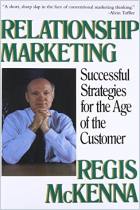
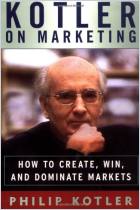

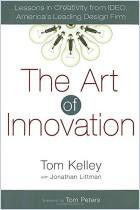
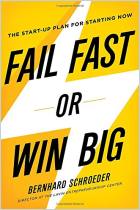
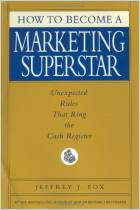



Comment on this summary